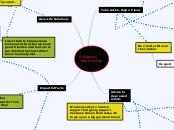door David Cruz 6 jaren geleden
607
Gaming in Education
Integrating gaming into educational frameworks has become an innovative method to engage students and enhance learning outcomes. This approach includes both digital and non-digital games, encompassing video games, board games, and physical activities.









